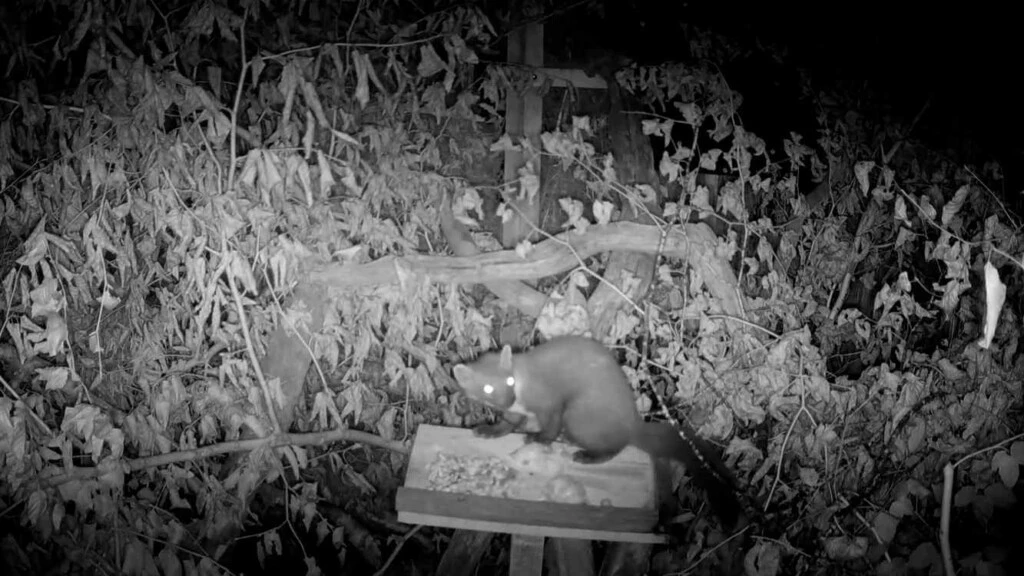For the first time in a century, pine martens have returned to Britain’s Exmoor National Park — and the heartwarming moment was captured on camera.
In a groundbreaking rewilding effort, 19 pine martens were successfully reintroduced to their historic woodland home, marking a major milestone in the recovery of one of England’s long-lost native species.
Throughout September 2025, nine females and ten males were released into carefully chosen, undisclosed locations managed by the National Trust and Exmoor National Park Authority.
The animals came from thriving populations in the Scottish Highlands, where they were given full health checks before embarking on a 500-mile overnight journey in a temperature-controlled vehicle. Once in Exmoor, they spent three days acclimating to their new surroundings before the doors of their enclosures were opened — giving them the freedom to slip quietly back into the wild.
“It’s wonderful to see pine martens living wild in Exmoor again,” said Tracey Hamston of the Devon Wildlife Trust, who leads the Two Moors Pine Marten Project. “These animals were once a vital part of our woodland ecosystems. Having them back shows that nature can recover when given the chance.”
Pine martens were once common across the UK but vanished from much of England due to habitat loss and hunting. Their reintroduction to Exmoor — following successful releases and breeding in nearby Dartmoor National Park — is seen as a key step in restoring balance to local woodlands.
“We’re proud to be part of this national recovery effort,” said Lucie Bennett, Pine Marten Engagement Officer at the Somerset Wildlife Trust. “At a time when wildlife needs us more than ever, milestones like this prove that positive change is possible. The return of pine martens will strengthen our forests and inspire communities to reconnect with nature.”
As monitoring continues, conservationists are optimistic that the pine martens will establish stable populations across Exmoor, signaling a hopeful new chapter for Britain’s wild landscapes.
